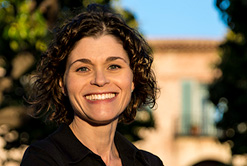Creating your Match rank list can be absolutely agonizing because it feels like so much is at stake. Sometimes it helps to step back and look at the big picture. Below, I briefly note a few important considerations when making your list:
1. Make sure you understand how the NRMP algorithm works. See my previous blog post regarding errors to avoid at all costs. The key is to rank in the order you want – first goes first, second goes second, etc.
2. Consider your happiness and life balance. Blasphemy perhaps, but I would argue that they are more important than the strength of the training program.
3. Reflect on the culture, geography, size, and even maturity/age of the program. Think about whether you will fit in.
4. Consider whether you could spend your whole life at the institution or in that program’s location. It’s a lot to grapple with, but many residents graduate and stay for the rest of their careers.
5. Decide whether you liked the program director, chairperson, and faculty generally. They could make or break your happiness and success.

